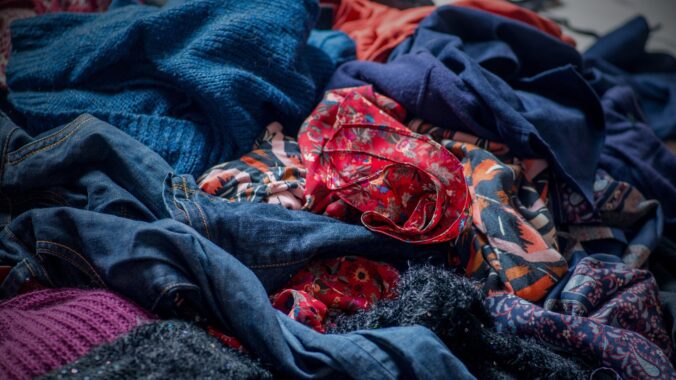If you’re reading my content, you know my stance on the fast-fashion industry. Yet, I find it fascinating to observe dynamics between competitors, regulators, and customers. This time, the giant Shein is facing new regulations in the European Union. We can also hear industry experts in the US calling for changes regarding Temu and Shein, for example, on de minimis thresholds. This time, Shein is under scrutiny in the EU, and subject to new regulations. Let’s see what these new regulations are about, and why I think the recent measures Shein took in the EU won’t be enough to make their model more sustainable.
Shein Faces New Regulations in the EU
While some regulators are calling for measures against Shein, the company is now under fire in the European Union. According to the European Commission, Shein will now need to follow stricter rules under the EU’s Digital Services Act (DSA). With over 45 million monthly users in the EU, Shein is classified as a VLOP, or “very large online platform,” alongside Amazon, AliExpress, Meta, and TikTok. This means Shein must meet specific standards for content moderation, user privacy, and safety.
For example, in previous articles, I discussed small creators complaining about the company stealing their designs. Following this new classification, Shein must quickly address the issue of counterfeit products sold on its platform and take measures to prevent it. These new regulations also require Shein to provide transparency reports. Several media reports suggest the company abuses its workers, with mentions of “slave labor” explaining the extremely low prices of their items. European customers also wonder about Shein’s impact on the environment, which may need to be addressed.
Finally, the EU is considering getting rid of its €150 de minimis threshold. If you aren’t familiar with this concept, the EU’s de minimis rule exempts goods below a certain value from customs duties and, until recently, VAT. This benefits Shein by allowing the sale of cheap Chinese products without additional costs for consumers. Shein takes advantage of this threshold by offering inexpensive items with less administrative work. Despite recent changes removing the VAT exemption for goods under €22, Shein remains very competitive and is seen as a threat by local businesses.
Shein’s Attempt at Improving Its Image and Why I am Pessimistic About It
Shein has been trying to improve its image in the EU recently. The company decided to expand its resale program to Europe and the UK. Starting with France, the Shein Exchange resale feature makes it easy for Shein customers to list for resale products they bought previously. I find the system clever, with a “sell” button next to each previous purchase. Some people will see it as “Greenwashing,” and it probably is. Even though reselling old clothes is a great way to reduce the impact on the environment, it doesn’t address the core problem, and I can’t see this model being a success in an ultra-fast-fashion environment.
With Shein’s model, fueled by social media, clothes never stay fashionable for very long. By the time someone wants to get rid of an item, it isn’t cool anymore, and customers want the next shiny thing. Even if the item is still desirable, the poor quality of many items sold makes it less likely to be in good condition. Finally, the cost of shipping items will be a large part of the sale price, and I believe many people will prefer buying new items over used ones. The numbers don’t lie: while Shein reported that over 4.2 million new U.S. users signed up in 2023, only 115,000 used items were listed for sale. I wonder how many transactions took place, but I have a feeling that there were a lot more sellers than buyers.
Conclusion
Shein being classified as a VLOP in the EU and the potential removal of the de minimis threshold may significantly change local market dynamics in the fashion industry. I believe that while fast fashion must be regulated, measures should extend to other actors in the industry. It is a tough challenge for our politicians, as customers frequently report not having the financial means to purchase sustainable clothes. However, improving transparency and reducing the impact on the environment will take much more than the Shein resale platform.

